Swarms
If you think that a honeybee swarm has landed on your property and looks like the image above, please do not disturb it and keep pedestrians, children and pets away.
Some of our NLB beekeepers are voluntary members of the BBKA swarm collection scheme, which helps members of the public with honeybee swarms. To find your local swarm collector please visit the British Beekeepers Association (BBKA) website: www.bbka.org.uk/swarm. From there you can follow a few simple steps to help identify honeybees and swarms along with how to recognise other insects and advice on what to do. It is helpful if you take a photo of the swarm so the swarm collector can confirm the bees are honey bees before attending.
Please note if the honeybee swarm you have seen is in a difficult location eg a chimney, interior cavity wall or under floor space etc. our NLB beekeepers are not insured to remove them.
If you have seen any of the following insects:
These are not honey bees and we are unable to help you. If you require more information on bumble bees, solitary bees, wasps or other insects please contact Islington Council:
Bumble bee
Bumblebees are often confused with honeybees. However they are rounder, larger and furrier and come with a variety of coloured stripes across the end of their tails. Bumblebees rarely sting or attack people or animals and should therefore not be disturbed. Leave the nests alone if possible as they will die out at the end of summer and will cause no further problems.
SOLITARY BEE
Are there lots of small bees popping in and out of the wall or very small holes in the ground. Do they have a "reddy/brown" bottom? Are they almost black? These are solitary bees, of which there are 225 species recorded in the UK and they post no threat or harm to you, your family or pets. Solitary bees are important pollinators and should be left alone.
WASP
Bright yellow with black stripes? Very smooth, mainly yellow with black stripes? Is it in the roof of your house? Are they coming from a round nest in a tree? Is there a nest in the shed? Do they have a high pitched buzz? Are they after all things sweet? Then these are probably wasps. Beekeepers are unable to assist in the removal of wasps please contact your local council pest control.
european hornet
Are they very big with a loud buzz? Are they black and brown with a hint of orange? Living in the roof or shed? Do they have a very big curved tail? These are European Hornets and are valuable pollinators usually found in wooden areas. Beekeepers are unable to assist in the removal of hornets please contact your local council pest control.





